NETWORKING BASIC FOR DEVOPS AUTOMATION
IP Addresses and Subnets:
● In an IP network, each device is assigned a unique IP address for identification and communication. An IP address consists of two parts: the network address and the host address. Subnetting involves dividing the host part of the IP address into subparts.
● Subnets divide a larger network into smaller, more manageable segments. A subnet mask is a 32-bit number that divides the IP address into network and host portions. It uses a combination of binary ones (1) to represent the network bits and binary zeros (0) to represent the host bits. The subnet mask helps devices determine whether a destination IP address is on the same subnet or a different one.
POPULAR PROTOCOLS
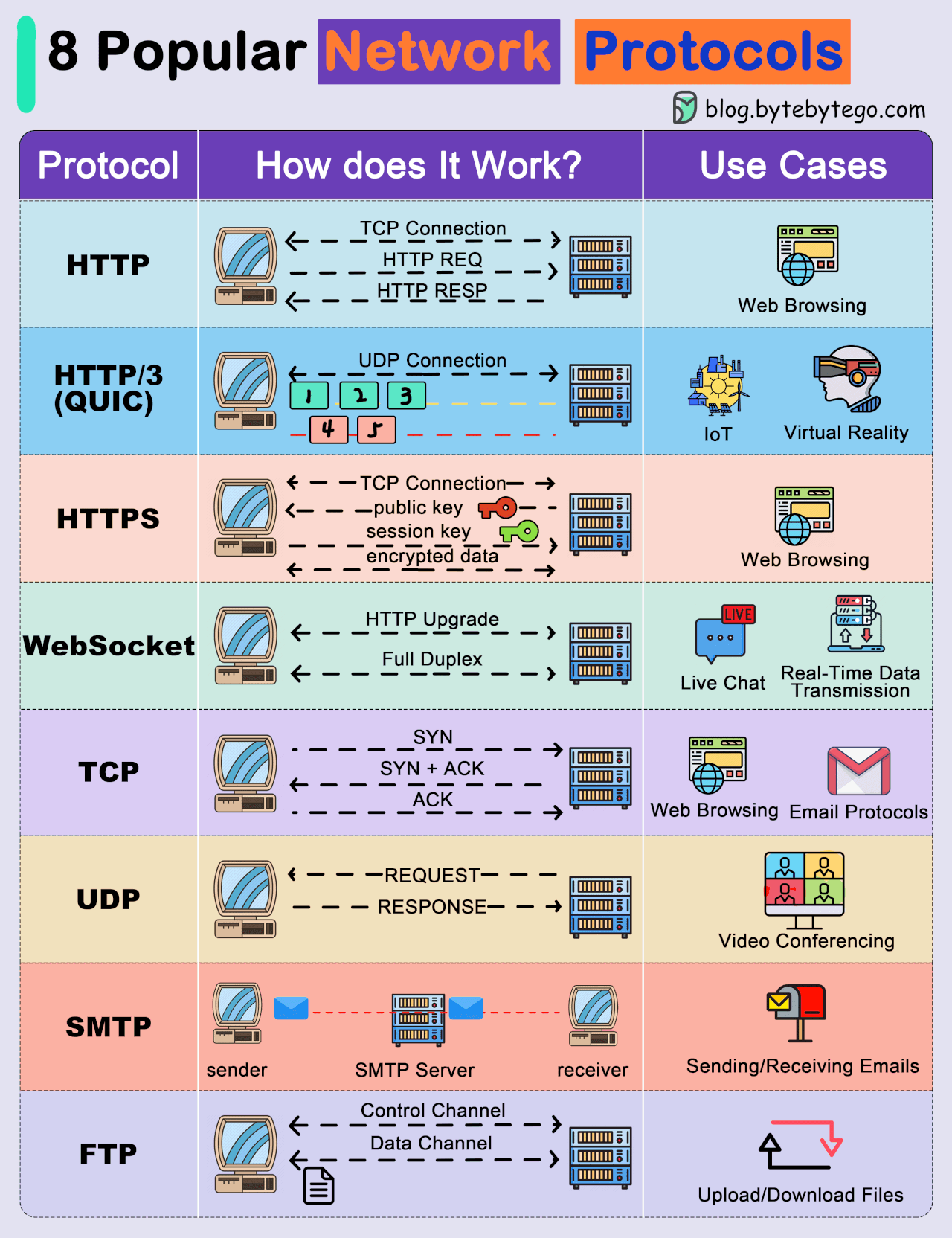
● Transmission Control Protocol (TCP): TCP is a connection-oriented protocol that provides reliable and ordered delivery of data. It establishes a connection between two devices before transmitting data, ensuring that data is received accurately and in the correct order.
● User Datagram Protocol (UDP): UDP is a connectionless protocol that offers faster, but less reliable, communication. It does not establish a connection before sending data, making it suitable for scenarios where speed is more critical than data integrity.
● Internet Protocol (IP): IP is a fundamental protocol responsible for addressing and routing data packets between devices on a network. IP is often used in conjunction with TCP or UDP.
● Hypertext Transfer Protocol (HTTP): HTTP is a protocol used for transmitting hypermedia documents, such as HTML. It forms the foundation of data communication on the World Wide Web.
● Hypertext Transfer Protocol Secure (HTTPS): HTTPS is a secure version of HTTP that uses encryption, typically provided by Transport Layer Security (TLS) or its predecessor, Secure Sockets Layer (SSL), to protect data during transmission.
● File Transfer Protocol (FTP): FTP is a protocol for transferring files between computers on a network. It allows users to upload and download files from servers.
● Simple Mail Transfer Protocol (SMTP): SMTP is a protocol for sending email messages between servers. It is a fundamental part of email communication
. ● Post Office Protocol version 3 (POP3) and Internet Message Access Protocol (IMAP): These protocols are used by email clients to retrieve messages from a mail server. IMAP allows messages to be kept on the server, while POP3 typically downloads messages to the client.
● Hypertext Transfer Protocol (HTTP) and Hypertext Transfer Protocol Secure (HTTPS): Facilitate communication between web browsers and servers, with HTTPS adding a layer of encryption for secure transactions.
● Secure Shell (SSH): Enables secure remote access and command execution on networked devices
DNS (Domain Name System):
● DNS translates human-readable domain names into IP addresses, facilitating easy navigation on the internet.
● In a DevOps environment, understanding DNS is vital for managing server configurations and ensuring seamless interactions between applications.
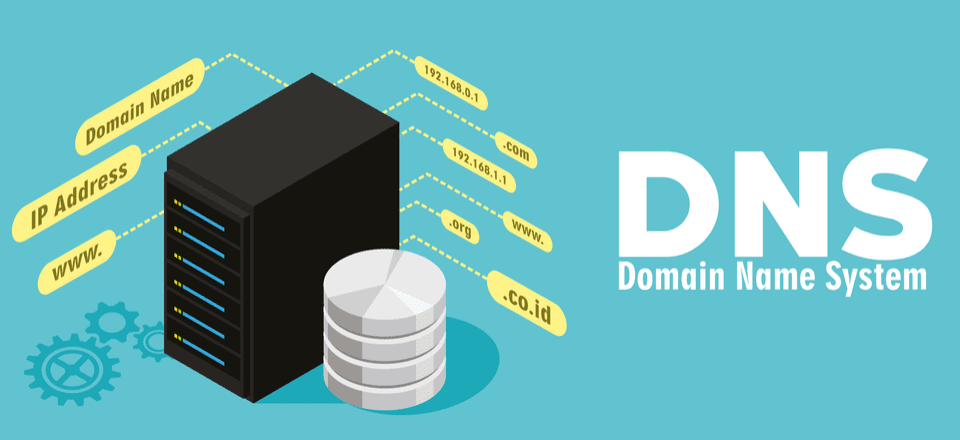
FIREWALL
*Firewalls act as barriers between a secure internal network and untrusted external networks, preventing unauthorized access.
● DevOps teams must configure firewalls to allow necessary traffic while maintaining security.
LOAD BALANCING
*Load balancing distributes incoming network traffic across multiple servers, ensuring optimal resource utilization and preventing server overload.
● DevOps leverages load balancing to enhance application performance and reliability.
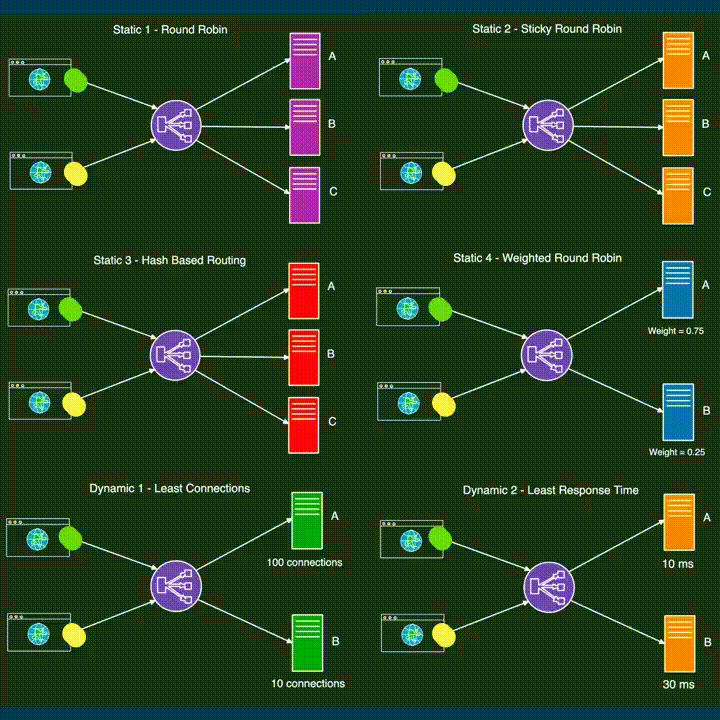
Proxy Servers:
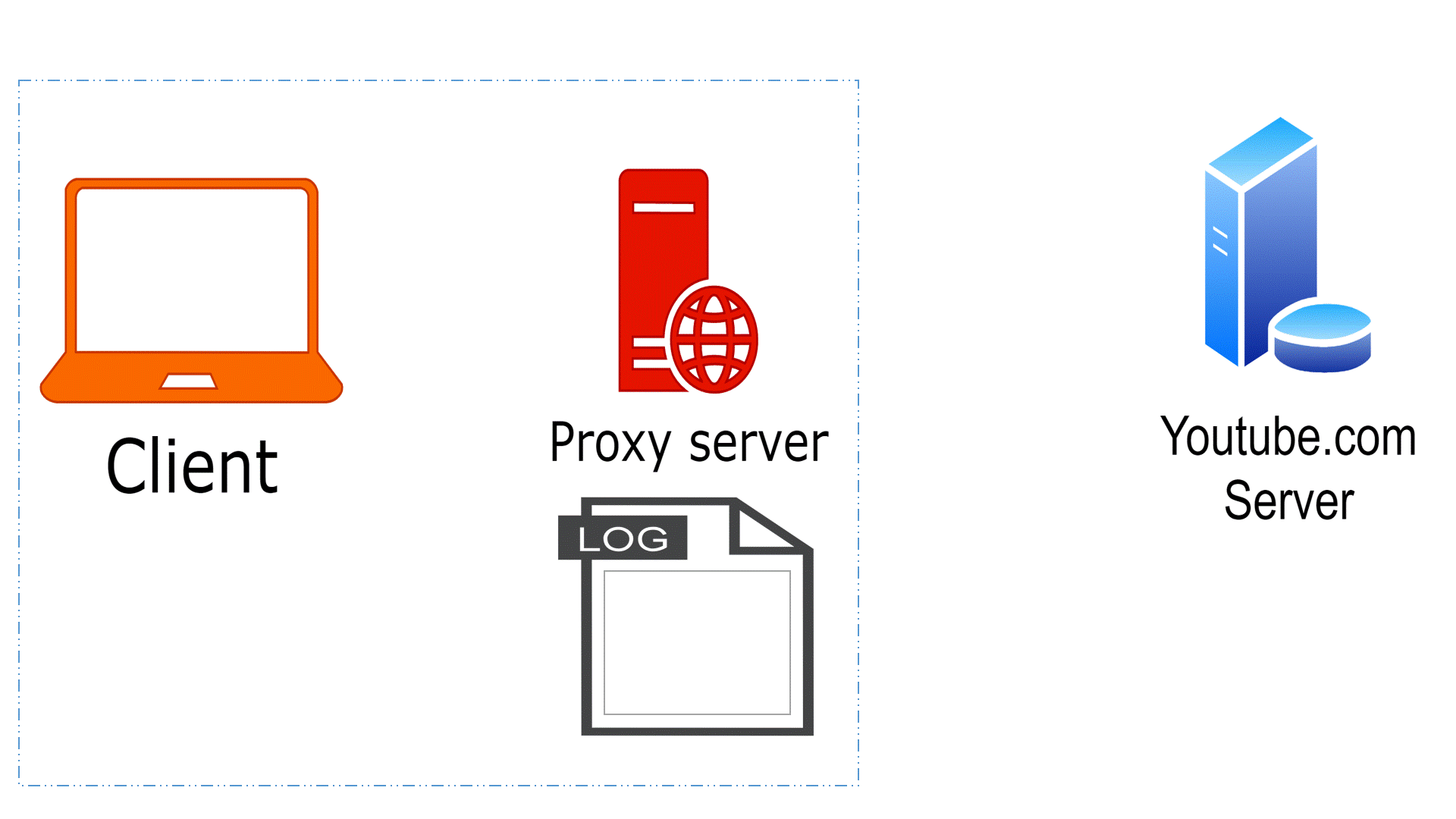
● Proxy servers act as intermediaries between clients and servers, forwarding requests and responses.
● DevOps teams often use proxies for security, monitoring, and content caching purposes.
Integration with DevOps:
1. Infrastructure as Code (IaC):
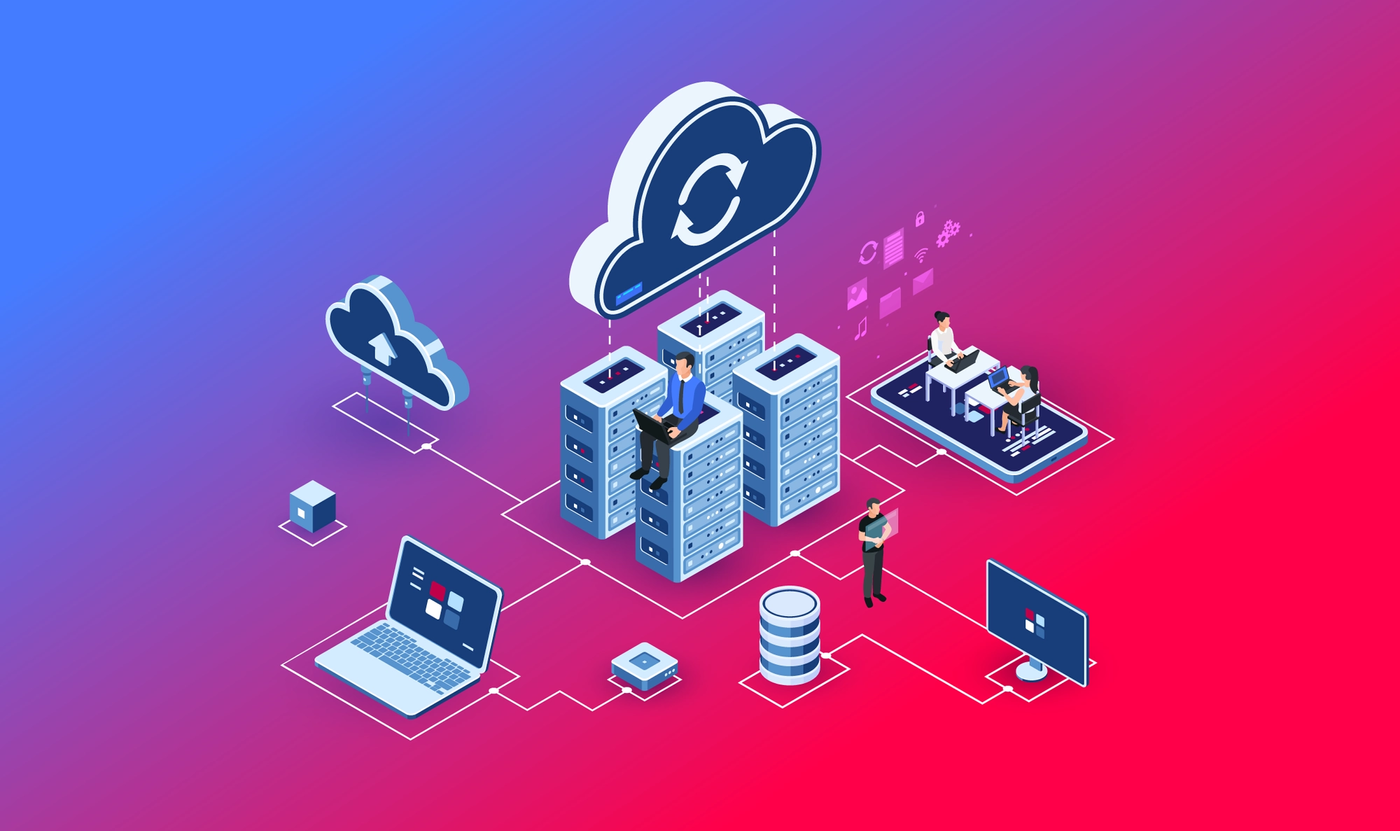
● IaC involves managing and provisioning infrastructure through code. Networking configurations can be defined alongside application code, ensuring consistency and version control.
● Tools like Terraform and Ansible are commonly used to automate networking tasks.
2. Container Orchestration:

● Container orchestration platforms like Kubernetes provide networking solutions to manage communication between containers and enable efficient scaling.
● Networking considerations are crucial for deploying and connecting containers across distributed environments.
3. Continuous Integration/Continuous Deployment (CI/CD):
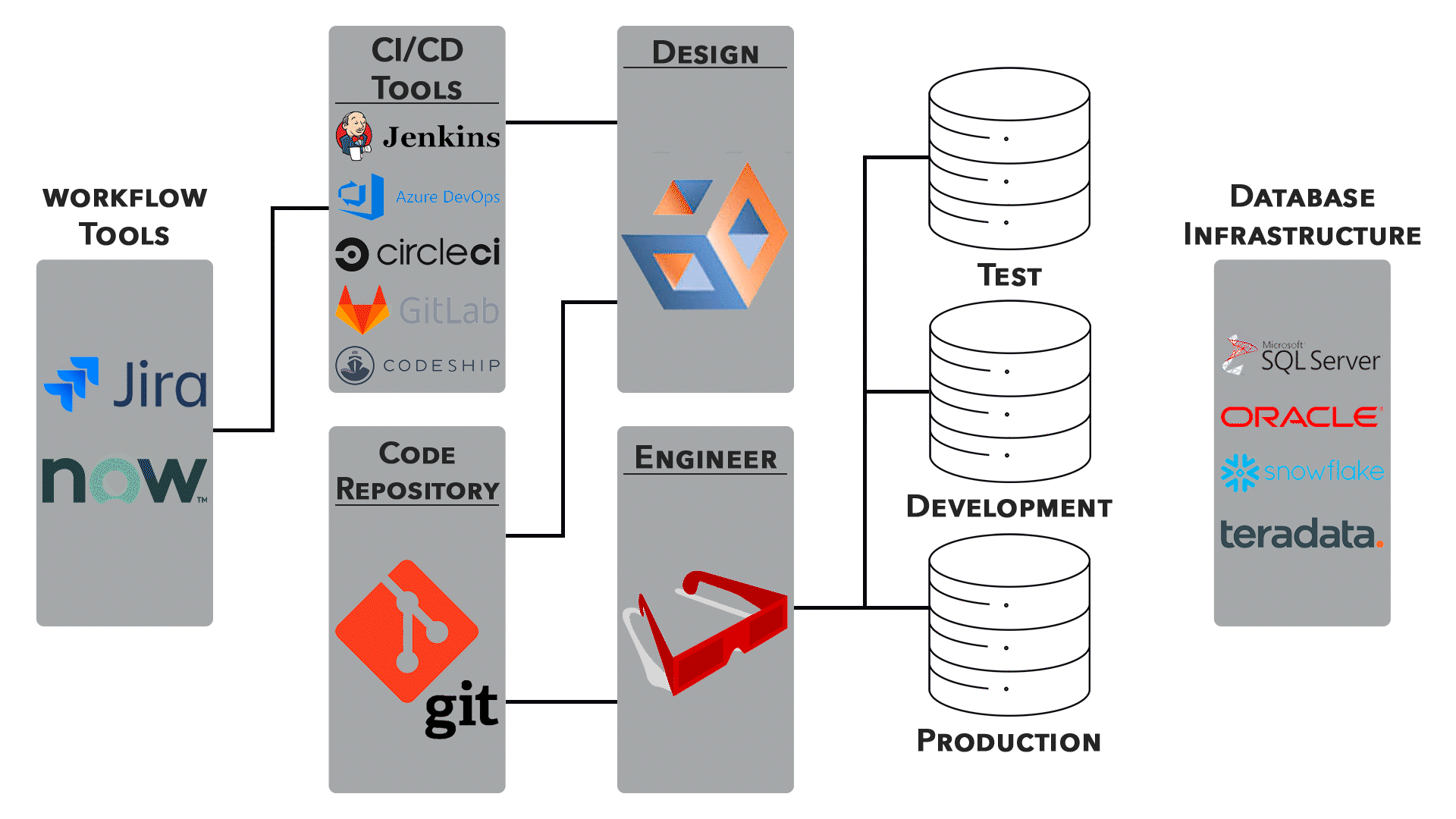
● Networking configurations are an integral part of CI/CD pipelines. Automated testing, deployment, and rollback processes require careful network orchestration.
● Collaboration between development and operations teams is essential for ensuring smooth transitions.
In the DevOps landscape, a solid understanding of networking fundamentals and protocols is indispensable. As DevOps teams strive for faster, more reliable software delivery, the seamless integration of networking principles becomes a cornerstone. By embracing these basics and adopting modern tools and practices, DevOps professionals can build a robust infrastructure that supports agile development and continuous improvement. Networking, when aligned with DevOps principles, becomes an enabler for innovation and efficiency in the ever-evolving world of software development

